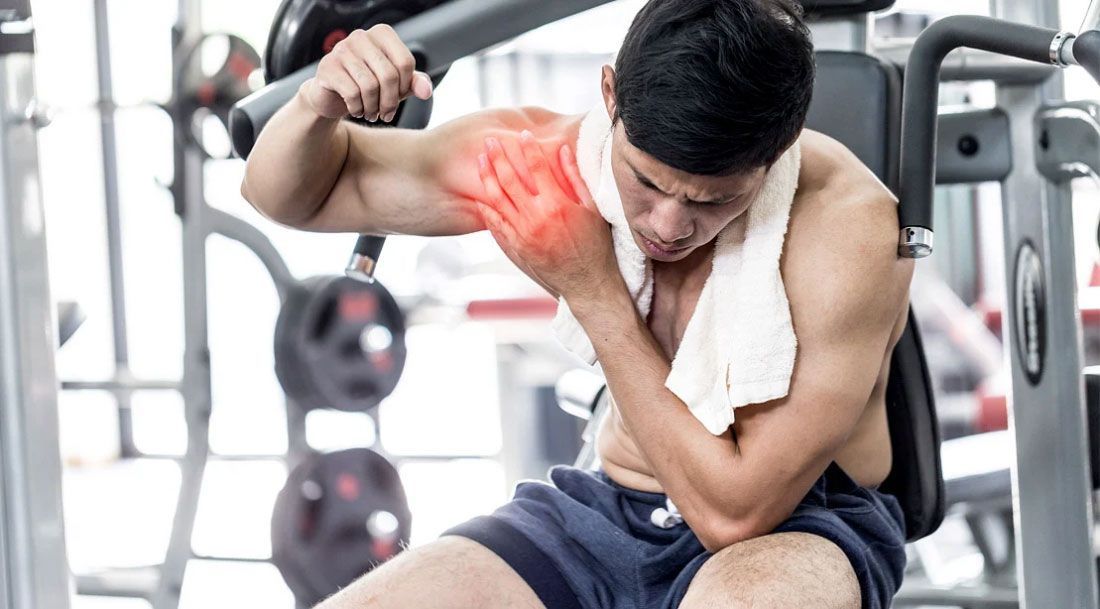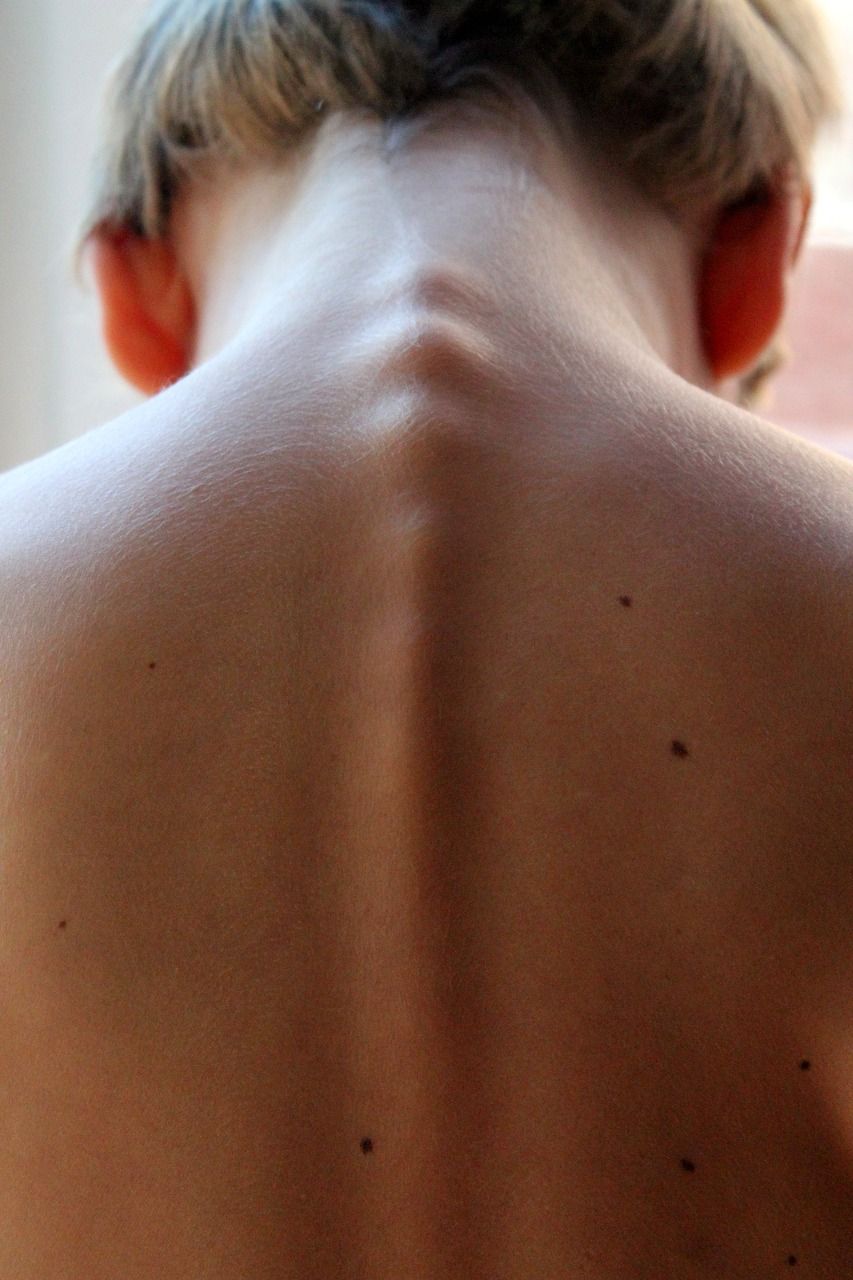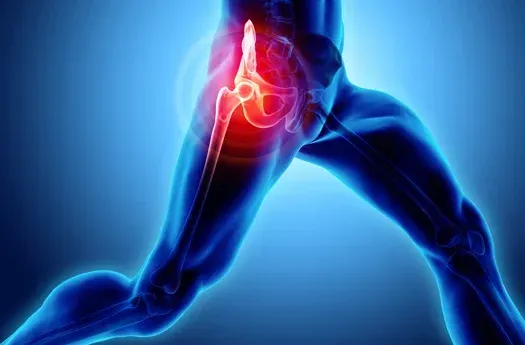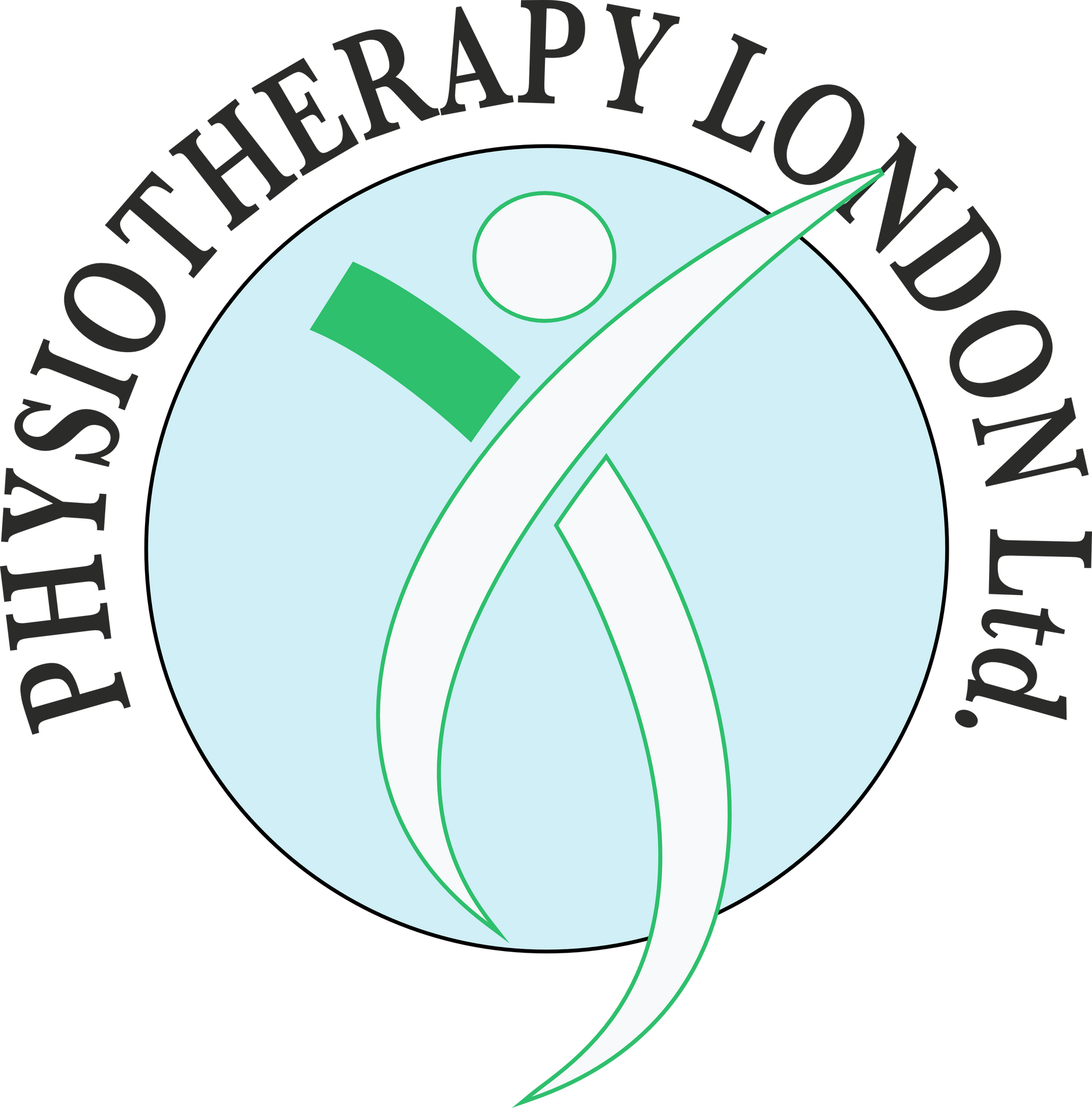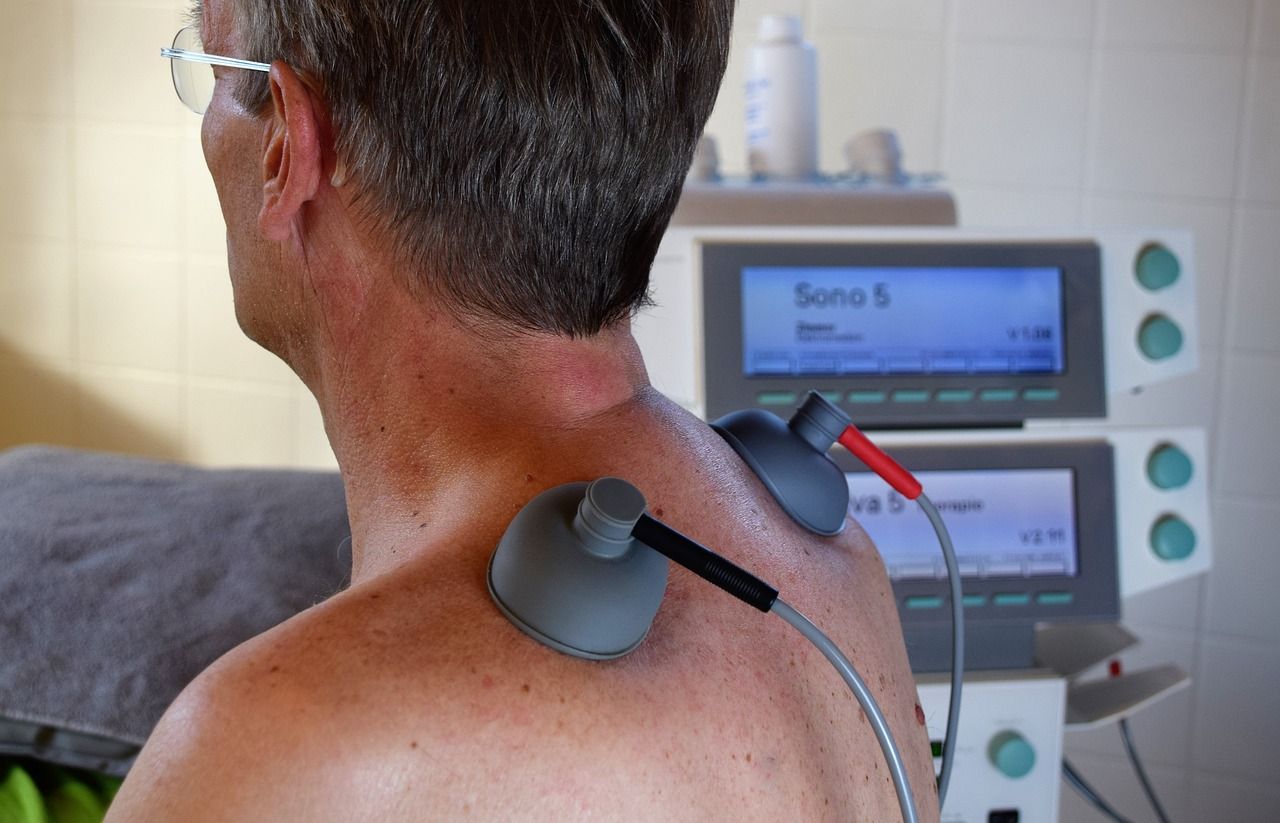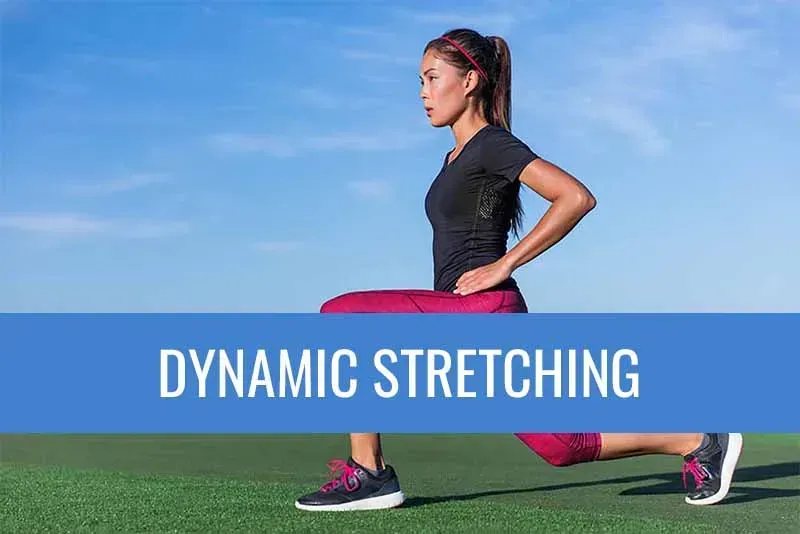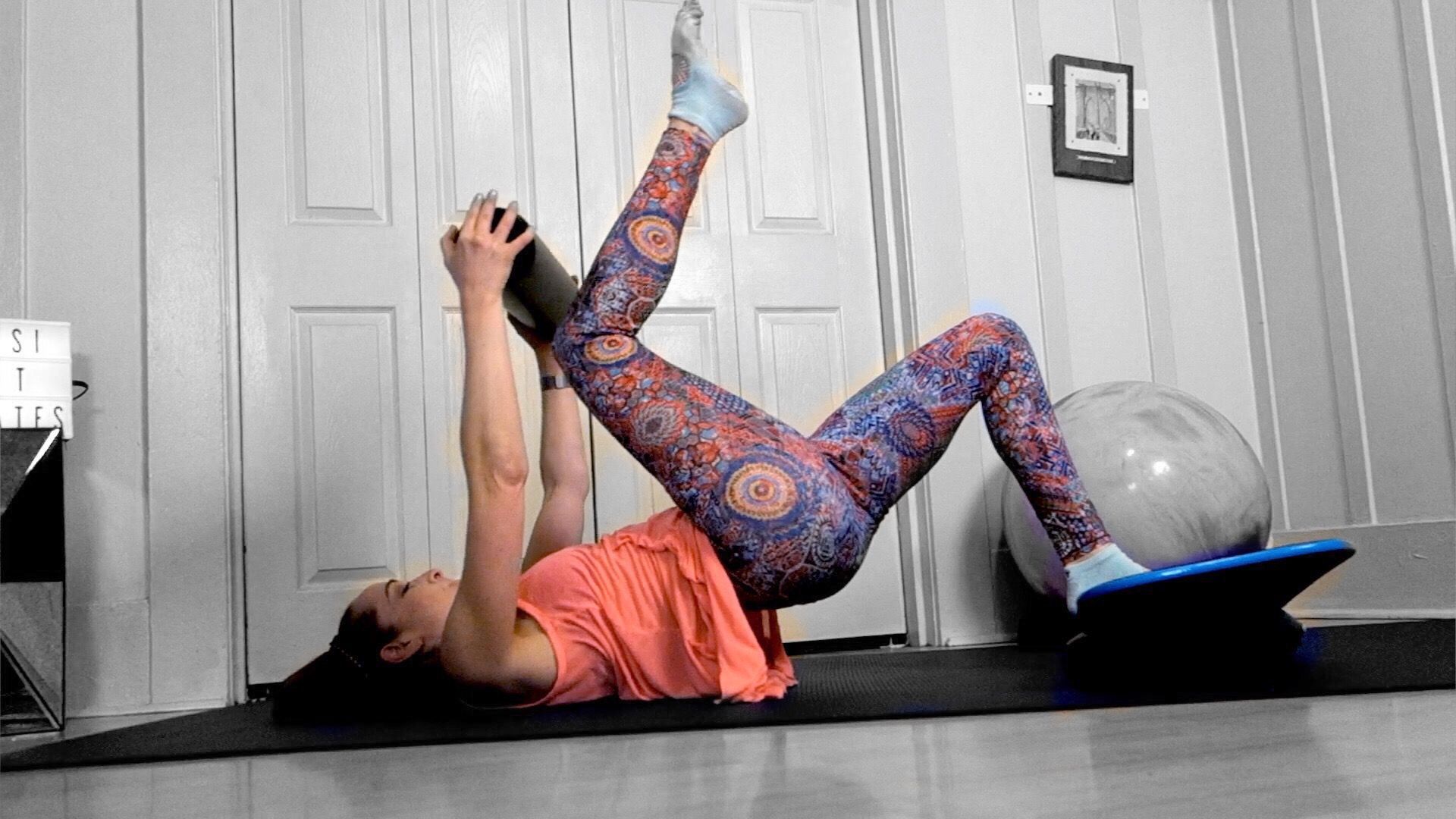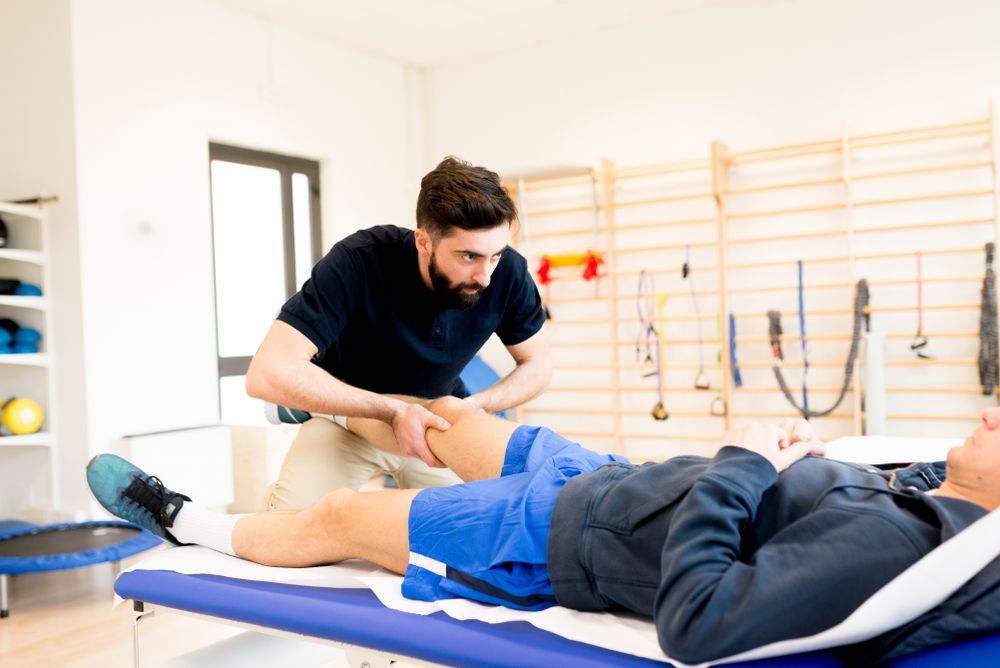Why Back Pain is on the Rise in 2025 — and 5 Simple Ways to Protect Your Spine
Understand the modern causes and discover a proven physiotherapy plan for lasting relief.
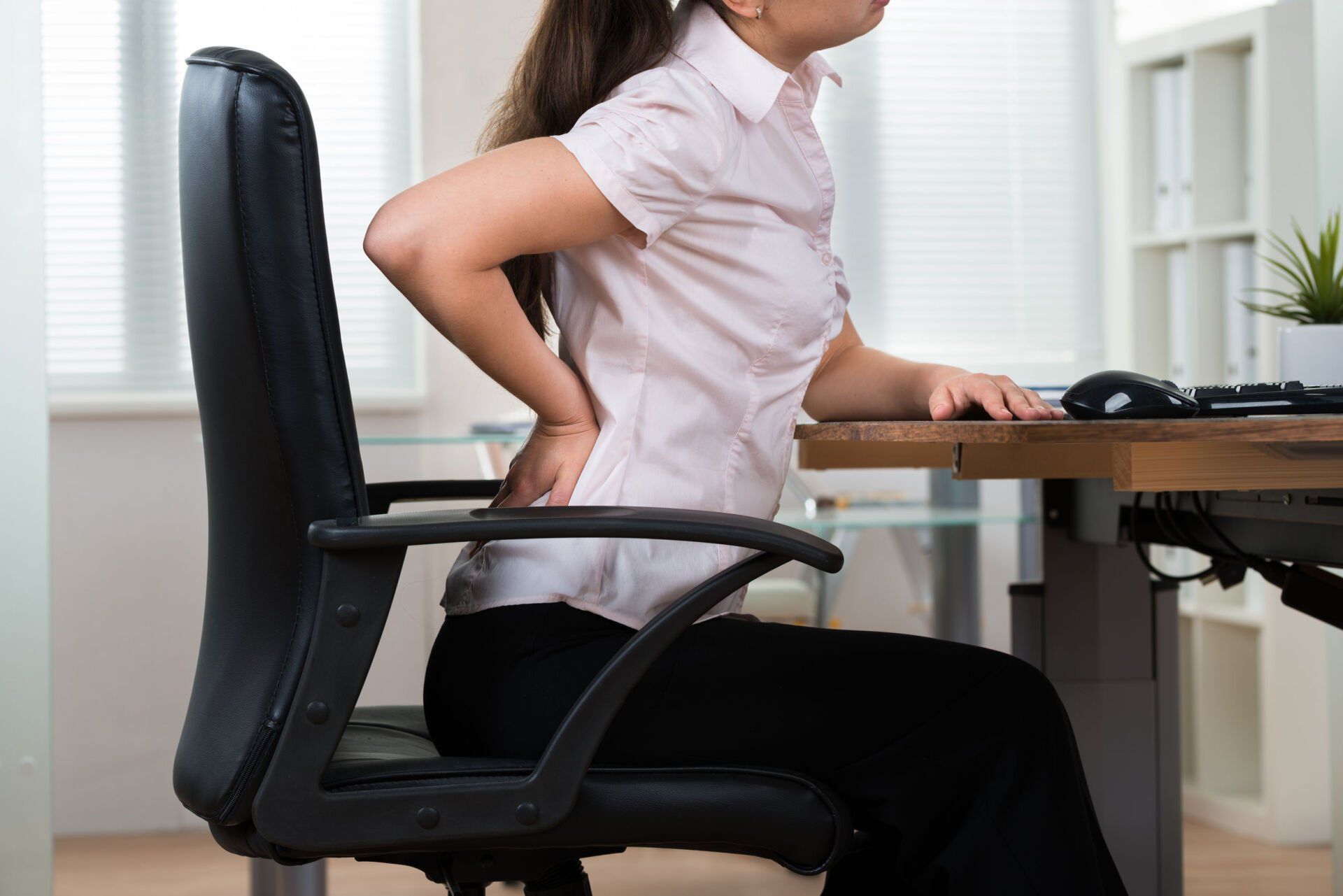
Back pain remains the leading cause of sick days in the UK, and trends in 2025 suggest this issue is growing. As modern life evolves, so do the strains on our bodies. If you're struggling with discomfort, you're not alone—and the solution starts with understanding the cause. At Physio Medicine, our expert physio team specialises in diagnosing the root of back pain through a comprehensive Spine & Posture Assessment. The good news? Most spinal issues are preventable and treatable with the right approach from a qualified physiotherapy professional.
Why Back Pain is Rising in 2025
- Remote Working Setups: The shift to hybrid work continues, but many home offices lack proper ergonomic support. Kitchen chairs and sofas force the spine into compromised positions for hours, creating a direct path to chronic back pain.
- Prolonged Commuting & Sitting: Returning to the office, even partially, means longer hours seated in cars, buses, or trains. This cumulative sitting time tightens hip flexors and weakens core muscles, placing excessive pressure on the lower spine.
- Smartphone Posture ("Tech Neck"): Constantly looking down at devices strains the cervical spine. This is a primary cause of pain and stiffness in the neck and shoulder, whether it's work-related, sports-related, or idiopathic. This postural dysfunction is becoming ubiquitous across all age groups and can also lead to radiating symptoms like pins and needles or numbness in the arms and hands.
- Stress & Tension: High stress levels in 2025 contribute significantly to physical tension. This often manifests as tight muscles in the back and neck, exacerbating poor posture and pain cycles. These common issues, along with pain stemming from specific events like road traffic accidents, are etiologies of neck and shoulder pain we frequently address.
5 Simple Ways to Protect Your Spine
- Optimise Your Workspace: Your screen should be at eye level, knees at a 90-degree angle with feet flat on the floor, and your chair must support your lumbar curve. A quick physio-approved ergonomic check can make a world of difference.
- Move Every 45 Minutes: Set a timer to stand up, stretch, or walk for just two minutes. This simple habit improves circulation, lubricates joints, and prevents muscle stiffness—key goals of any preventative physiotherapy plan.
- Strengthen Your Core: A strong core acts as a natural corset for your spine. Incorporate gentle exercises like planks, bridges, or Pilates to build stability and reduce the load on your back.
- Try Walking Meetings: Convert sitting time into movement. Taking phone calls or meetings while walking is an effortless way to integrate movement into your day without sacrificing productivity.
- Audit Your Sleep Posture: We spend a third of our lives asleep. A supportive mattress and pillow that keep your spine in a neutral alignment are crucial. Side or back sleeping is generally better for spinal health than stomach sleeping.
When to Seek Professional Physio Help
While these tips help, persistent pain requires professional attention. Book a Physiotherapy assessment if you experience:
- Pain, stiffness, or unusual sensations (like numbness or pins and needles) that last more than a few days.
- Pain that radiates down your leg (sciatica) or into your arms.
- Pain that disrupts your sleep.
- A recurring ache that temporary stretching doesn’t fix.
Early intervention is the most effective way to stop a minor issue from becoming a chronic condition.
The Physio Medicine Approach to Recovery
At Physio Medicine, our goal is not just pain management. We work to relieve your pain while treating the root cause, so you can move better, feel stronger, and return to a pain-free life.
Free Consultation & Assessment
We begin with a 15-minute Free Consultation & Assessment to identify the true source of your pain, stiffness, weakness, numbness, pins & needles, or muscle spasms.
Treatments Tailored to You
Your treatment plan is customised to your condition and goals. These treatments may include:
- Soft tissue massage to ease muscle tension
- Joint mobilisation to restore healthy movement
- Occasional manipulation (always with patient consent)
- Acupuncture or electroacupuncture for pain relief and healing
- Ultrasound therapy to stimulate tissue repair
- Shockwave therapy for stubborn or chronic conditions
Beyond the Treatment Room
We believe recovery doesn’t stop at the clinic. Every patient receives a tailored home exercise programme to:
- Build muscle strength and endurance
- Improve balance and proprioception (your body’s movement awareness)
- Support long-term recovery and prevent re-injury
A Holistic, Educational Approach
We take a holistic approach to care, empowering and educating our patients about their injury, their rehabilitation, and how to regain normal daily activities. Our focus is on helping you recover fully while staying active at work and in daily life.
Book Your Free Spine & Posture Assessment
Ready to tackle your back pain head-on? For a limited time, we’re offering a Free Spine & Posture Assessment at all four of our London clinics. Let our experts help you get back to a pain-free life.
📍 City Road: 280 Bishops Square, London, EC2M 4RB
📍 Wembley: 183 Ealing Road, Wembley, HA0 4LW
👉 Call us today or book your appointment now!
